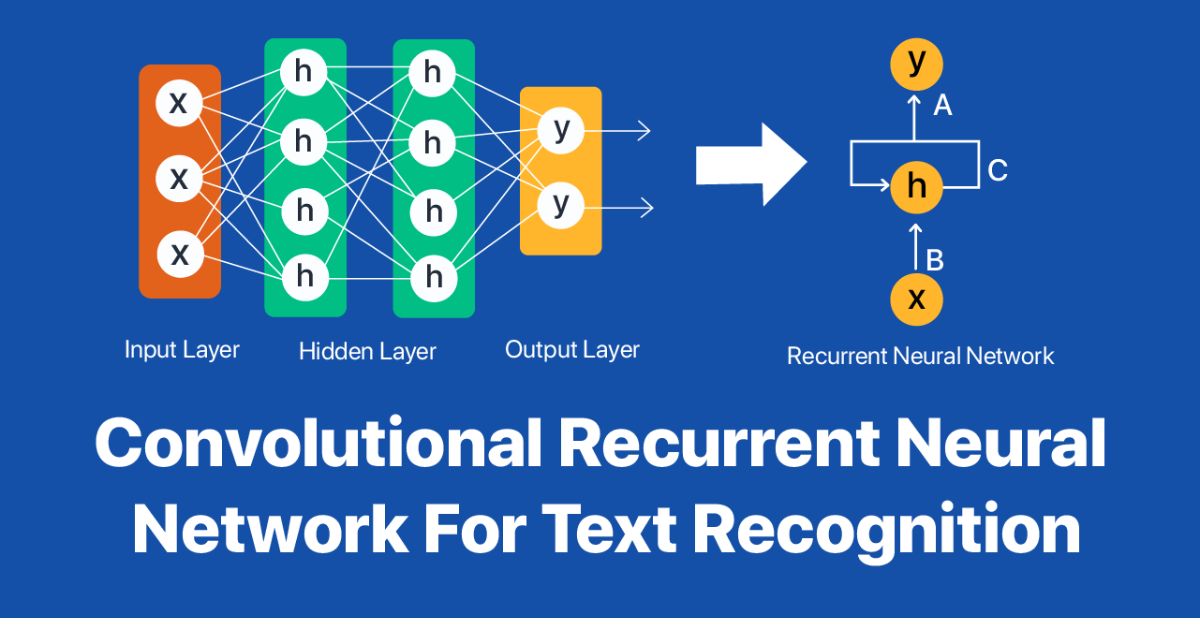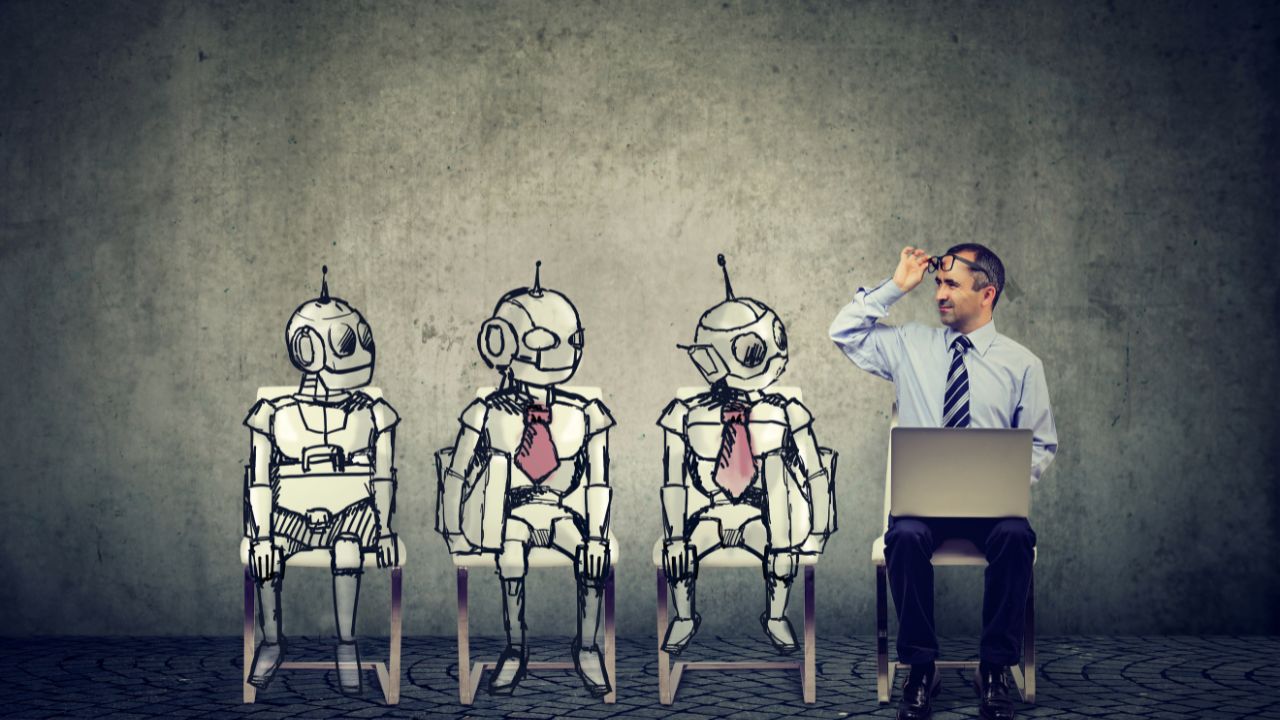How AI Can Reduce Image File Sizes While Preserving Clarity
October 24, 2025 · 5 min read • #AI#image compression#WebP#AVIF#SEO#performance optimization
In 2025, AI-driven image compression is redefining how websites and apps manage media performance.
Instead of choosing between clarity and speed, businesses can now have both — crystal-clear images that load lightning-fast.
🌐 Why AI Image Compression Matters
Images account for over 50% of total web page weight. Large files lead to slower load times, lower conversions, and poor Core Web Vitals scores.
AI compression solves this by using machine learning models that optimize image size and maintain stunning clarity.
Key advantages:
- Faster loading and better user experience
- Reduced bandwidth and storage costs
- Improved SEO rankings
- Environmentally friendly (less data transfer = less energy use)
Related: Why Image Compression Is Essential for SEO and Website Speed
🧠 How AI Compresses Images Intelligently
Unlike traditional compression algorithms, which rely on mathematical formulas (like JPEG’s DCT or PNG’s DEFLATE), AI uses deep learning to understand what’s in the image.
1. Semantic Analysis
AI models recognize the image’s subject — faces, text, or landscapes — and prioritize preserving detail in those areas while simplifying less important regions like backgrounds or textures.
2. Adaptive Quality Control
AI dynamically adjusts compression levels across different regions of the same image.
For example:
- Keep sharp edges crisp
- Smooth gradients naturally
- Remove unnoticeable pixel noise
This ensures clarity is preserved while reducing size dramatically.
3. Perceptual Optimization
Deep learning models are trained on large datasets to simulate human visual perception, allowing them to discard data that’s imperceptible — something traditional compression can’t do.
Related: AI Compression Algorithms Explained: Smaller Files, Smarter Tech
⚙️ Modern Image Formats that Leverage AI
AI compression works best with next-generation image formats like:
🔹 WebP
- 30% smaller than JPEG with identical quality
- Supports transparency and animation
- Widely supported by browsers
🔹 AVIF
- Up to 50% smaller than JPEG and WebP
- Better dynamic range and color precision
- Ideal for modern, high-resolution visuals
🔹 JPEG XL (Emerging)
- Combines traditional and neural compression methods
- Backward compatible for legacy systems
Related: JPEG, PNG, or WebP? Which Format Works Best After Compression?
🧩 AI Compression in Action
Let’s compare performance on a 2MB photograph:
| Format | Size After Compression | Quality Retained | Load Time Improvement |
|---|---|---|---|
| JPEG (Standard) | 2.0 MB | 100% | — |
| WebP (AI-Optimized) | 450 KB | 98% | 4.4× faster |
| AVIF (AI-Optimized) | 320 KB | 97% | 6.2× faster |
This demonstrates how AI compression reduces size by up to 85% while retaining nearly identical clarity.
💡 How It Impacts SEO and Core Web Vitals
AI image compression directly improves:
- LCP (Largest Contentful Paint) — faster rendering of main visuals
- INP (Interaction to Next Paint) — smoother interactions
- CLS (Cumulative Layout Shift) — better layout stability
The result: faster websites, better engagement, and higher Google rankings.
🔒 Privacy and Edge Performance
Our AI Image Compressor Tool performs all compression client-side, so:
- No files are uploaded
- Your data stays private
- Compression happens instantly
This ensures complete control and compliance — perfect for designers, developers, and SEO professionals.
🚀 The Future of AI Image Compression
As AI models evolve, compression is becoming more context-aware — capable of understanding lighting, textures, and even aesthetic intent.
In the near future:
- AI will auto-optimize images during uploads
- Websites will serve adaptive compression based on user device and network
- Real-time optimization will merge with content delivery networks (CDNs)
This represents the next step toward zero-compromise performance on the web.
💬 Final Thoughts
AI compression bridges the gap between performance and perfection.
By understanding image content at a semantic level, it delivers stunning visuals that load instantly — boosting SEO, conversions, and user satisfaction.
If you want faster, smarter, and more sustainable media delivery, AI compression is the key.
🧰 Try It Yourself
Experience the next generation of image optimization:
- AI Image Compressor Tool — Shrink images instantly, in-browser
- AI Background Remover — Simplify visuals for smaller file sizes
- Image-to-Text Tool — Convert images to text instantly
All tools are privacy-safe and powered by AI.
Enjoyed this post? React below 👇
Related Posts
 Tools Effectively.jpg)
How to Use OCR (Optical Character Recognition) Tools Effectively
Learn how OCR (Optical Character Recognition) works, what it can do for you, and how to use it effectively with our free browser-based OCR Tool to extract text from images instantly.

AI Compression Algorithms Explained: Smaller Files, Smarter Tech
Explore how AI compression algorithms are transforming data storage, image optimization, and network performance in 2025 — delivering smaller files, faster speeds, and smarter efficiency for the digital world.

AI vs Traditional Algorithms: Who Wins in Image Optimization?
Explore the differences between AI-based and traditional image optimization methods. Learn how deep learning, neural compression, and smart encoding outperform legacy algorithms like JPEG and PNG in 2025.
Frequently Asked Questions
How does AI reduce image sizes without losing quality?
AI compression uses neural networks to analyze image content, removing redundant data while retaining visual clarity. It learns what details are perceptually important to the human eye.
What formats benefit from AI compression?
Modern formats like WebP and AVIF are designed for AI-enhanced compression, delivering high-quality visuals at much smaller file sizes compared to JPEG or PNG.
Does AI compression improve SEO?
Yes. Smaller images improve Core Web Vitals such as LCP and INP, boosting page speed, user experience, and Google rankings.
Is AI compression suitable for all types of images?
Yes. AI algorithms adapt dynamically — compressing photos, graphics, or illustrations differently to preserve the most relevant details for each type.
Where can I compress images using AI?
Use our [AI Image Compressor Tool](/image-compressor) to reduce image sizes instantly in your browser while maintaining excellent visual quality.